Centrifugal Pumps: The Essential Guide to Efficient Fluid Handling
Centrifugal pumps are one of the widely used types of pumps in various industries, from water supply and chemical processing to agriculture and power generation. Known for their reliability, efficiency, and versatility, these pumps play a crucial role in transferring fluids quickly and effectively.
What Is a Centrifugal Pump?
A centrifugal pump is a mechanical device designed to move fluids by converting rotational energy from a motor into hydrodynamic energy. This is achieved through the use of an impeller, which rotates and creates centrifugal force, pushing the fluid outward and increasing its pressure.
Centrifugal pumps are commonly used for liquids with low viscosity, such as water, chemicals, and light oils. They are ideal for applications requiring high flow rates and low pressure, making them suitable for a wide range of industries.
Types of Centrifugal Pumps
Centrifugal pumps come in various designs to suit different applications. Here are the common types:
1. Single-Stage Centrifugal Pumps
Feature a single impeller and are ideal for low-pressure applications with high flow rates, such as water supply and irrigation.
2. Multi-Stage Centrifugal Pumps
Contain multiple impellers arranged in series to handle high-pressure applications, such as boiler feed systems and industrial processes.
3. Axial Flow Pumps
Move fluid parallel to the pump shaft, making them suitable for high-flow, low-pressure applications like flood control.
4. Radial Flow Pumps
Direct fluid perpendicular to the shaft, offering high pressure and moderate flow rates, commonly used in chemical and power industries.
5. Self-Priming Centrifugal Pumps
Designed to remove air from the pump system, allowing them to handle fluids with air or gas entrainment.
6. Submersible Centrifugal Pumps
Operate underwater and are commonly used in drainage, sewage, and well applications.
How to Choose the Right Centrifugal Pump
Selecting the right centrifugal pump is critical for achieving performance. Here are some factors to consider:
1. Fluid Characteristics
Determine the viscosity, temperature, and chemical properties of the fluid to ensure compatibility with the pump materials.
2. Flow Rate and Pressure
Identify the required flow rate (volume of fluid per unit time) and pressure to meet your system’s needs.
3. Pump Size and Capacity
Choose a pump that matches your system’s specifications to avoid overloading or inefficiency.
4. Efficiency
Look for energy-efficient pumps to reduce operational costs.
5. Material Construction
Opt for corrosion-resistant materials like stainless steel for handling aggressive or abrasive fluids.
6. Space and Installation Requirements
Ensure the pump fits within the available space and complies with installation guidelines.
7. Reputable Manufacturer

Purchase from a trusted brand that offers quality products, warranties, and technical support.
Centrifugal pumps are indispensable tools for fluid handling across a wide range of industries. Their efficiency, reliability, and cost-effectiveness make them a top choice for applications involving water, chemicals, and other liquids.
When selecting a centrifugal pump, consider factors like fluid properties, system requirements, and material construction to ensure the fit for your needs. Regular maintenance will keep your pump running efficiently and extend its lifespan.
 English
English عربى
عربى
 Fire Pump and System
Fire Pump and System Split Case Pump
Split Case Pump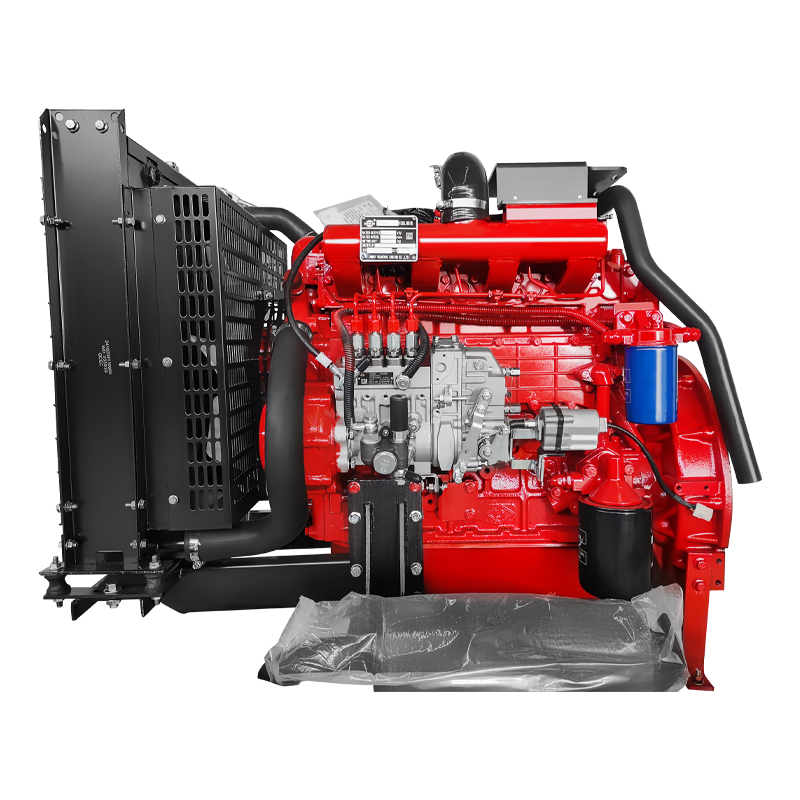 Engine and Pump
Engine and Pump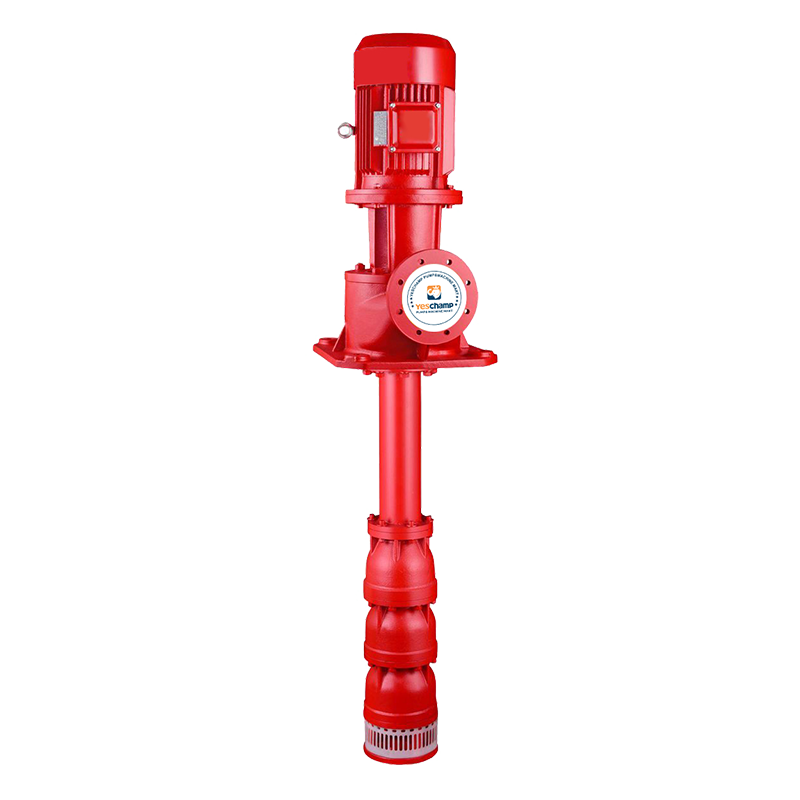 Long Shaft Pump
Long Shaft Pump Multistage pump
Multistage pump Water Supplier System
Water Supplier System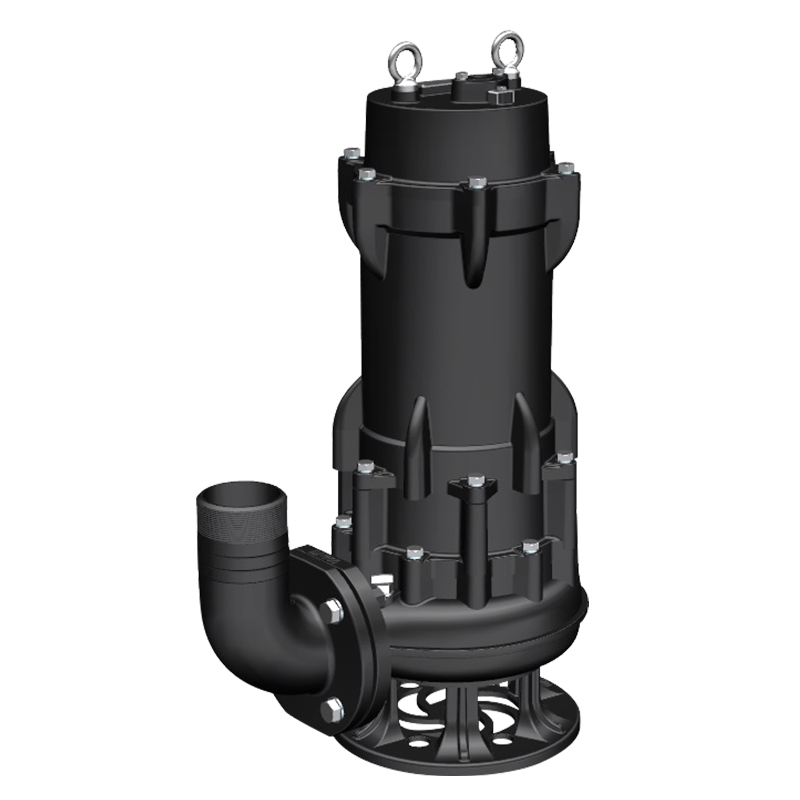 Sewage Pump
Sewage Pump Industrial Pump
Industrial Pump Self-Priming Pump
Self-Priming Pump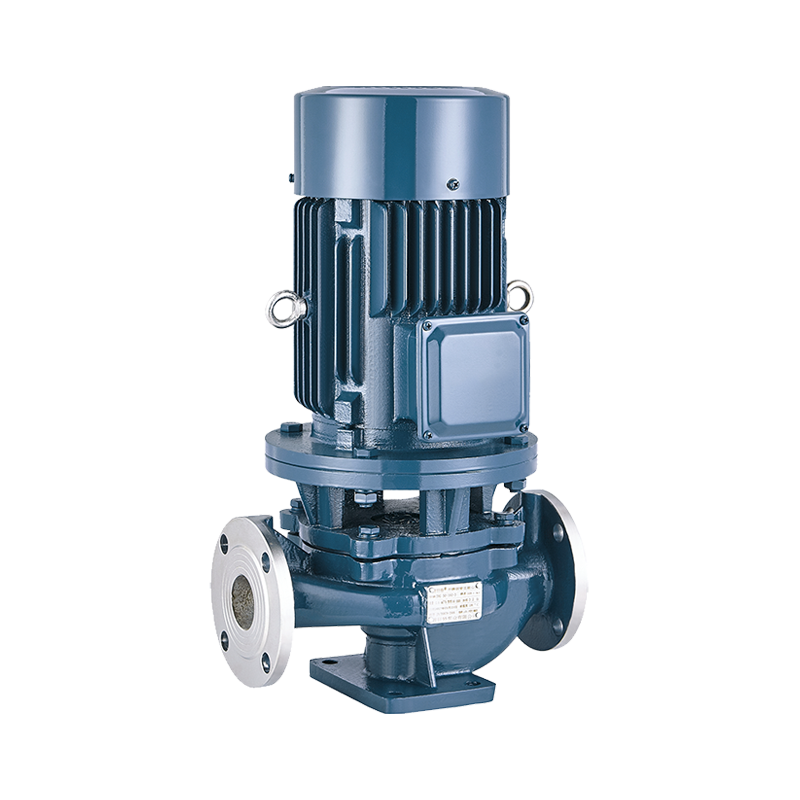 Inline Pump
Inline Pump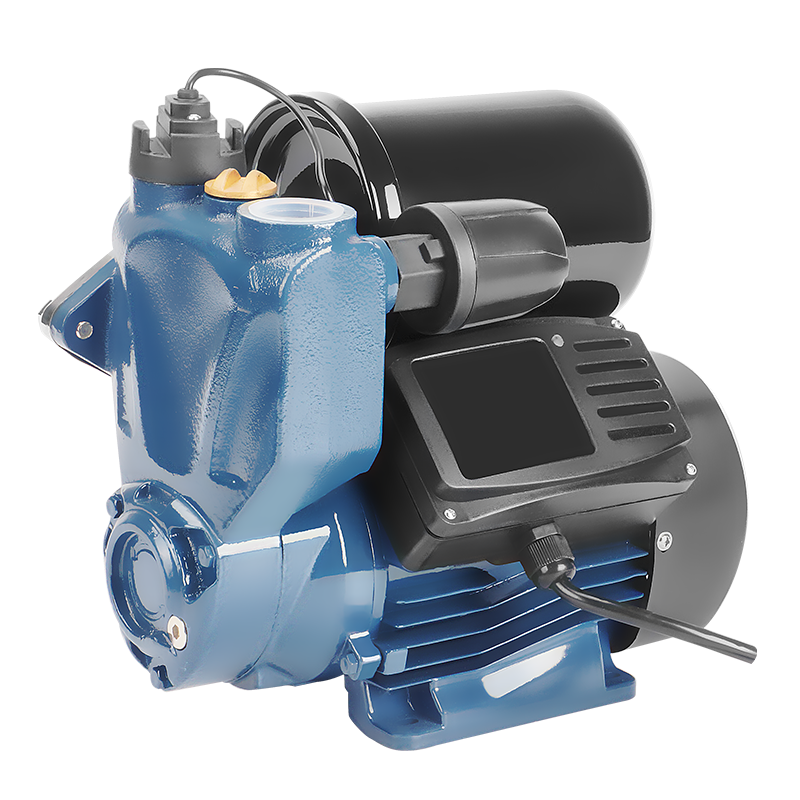 Domestic Pump
Domestic Pump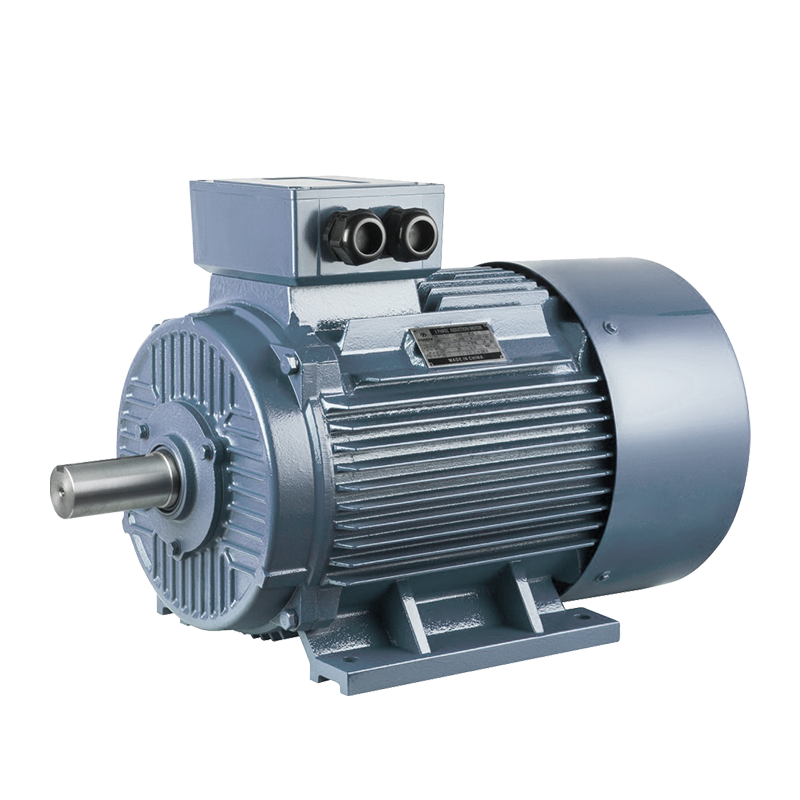 Electric Motor
Electric Motor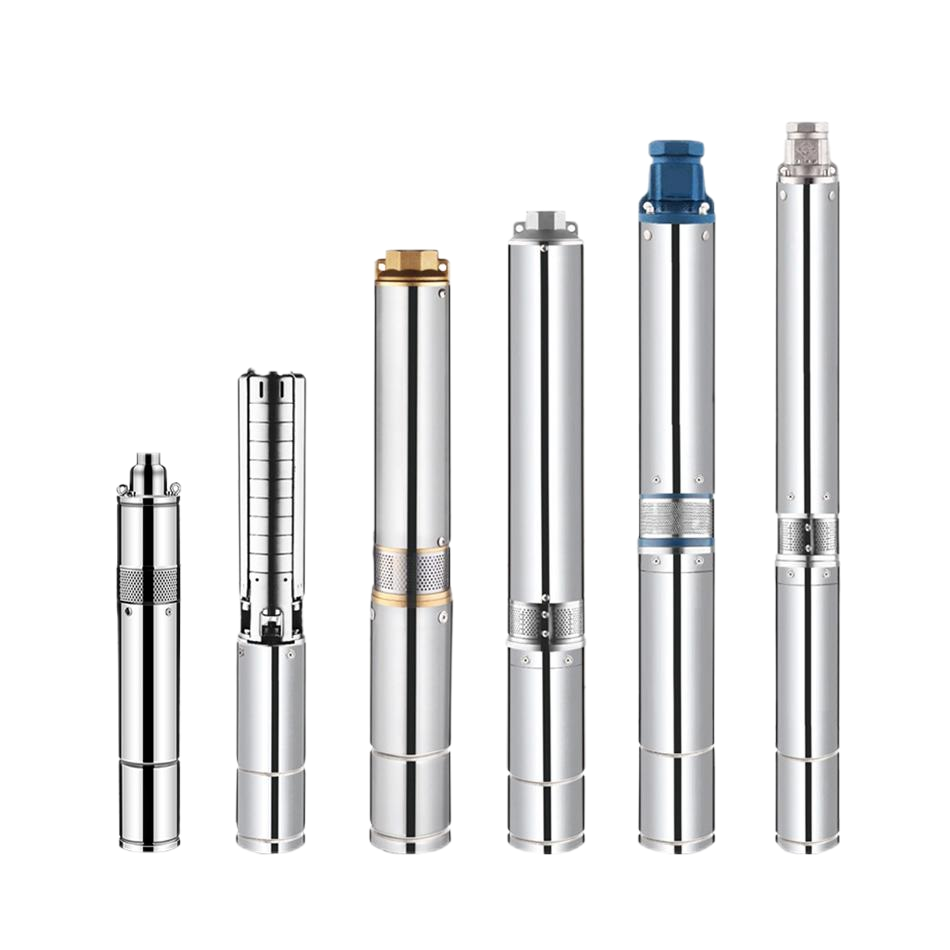 Borehole Pump
Borehole Pump








